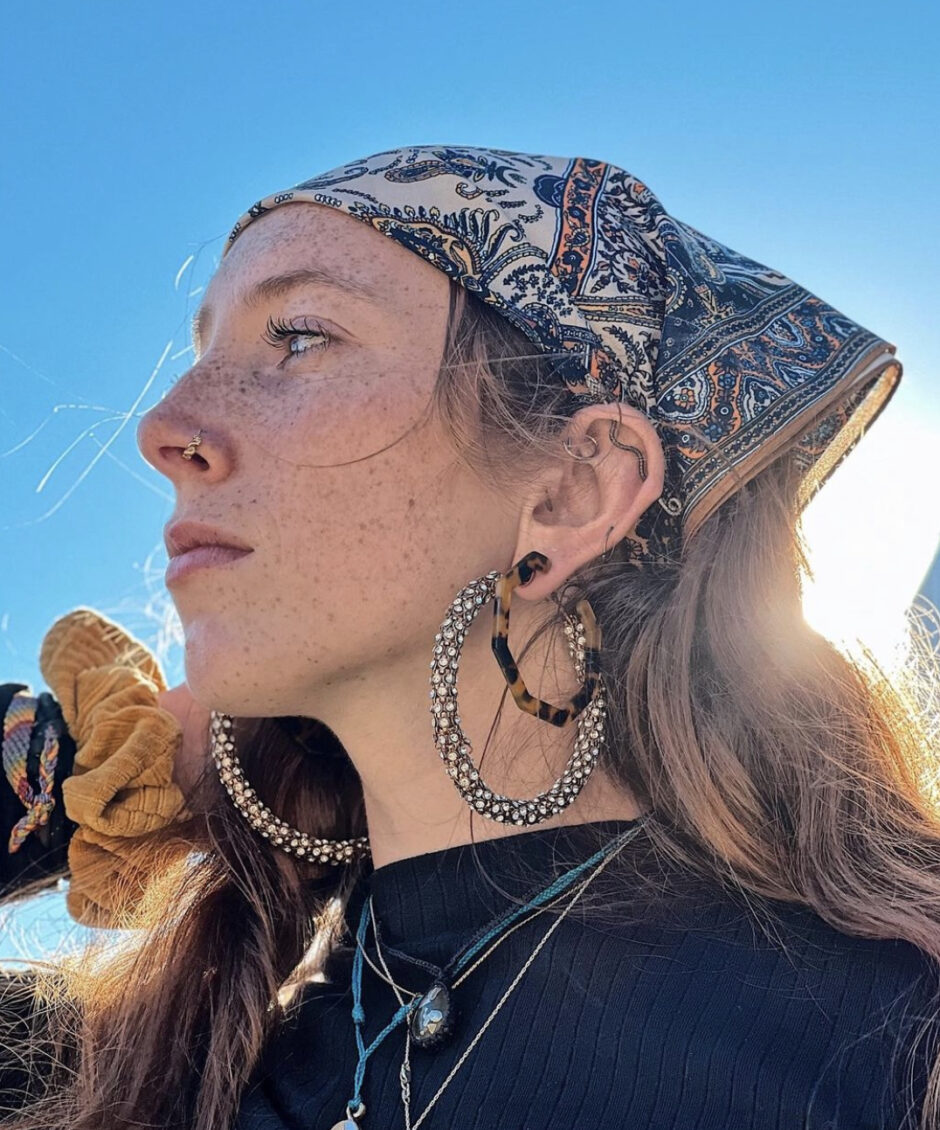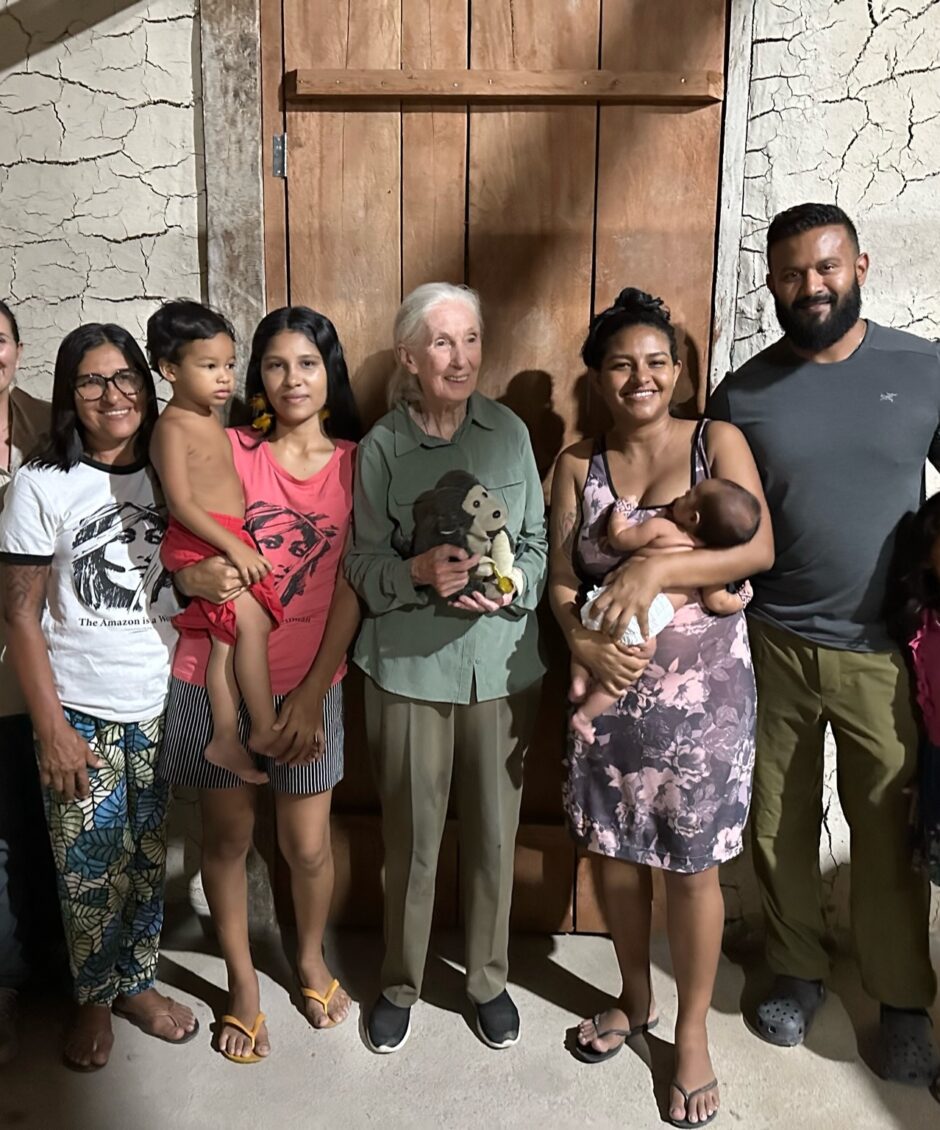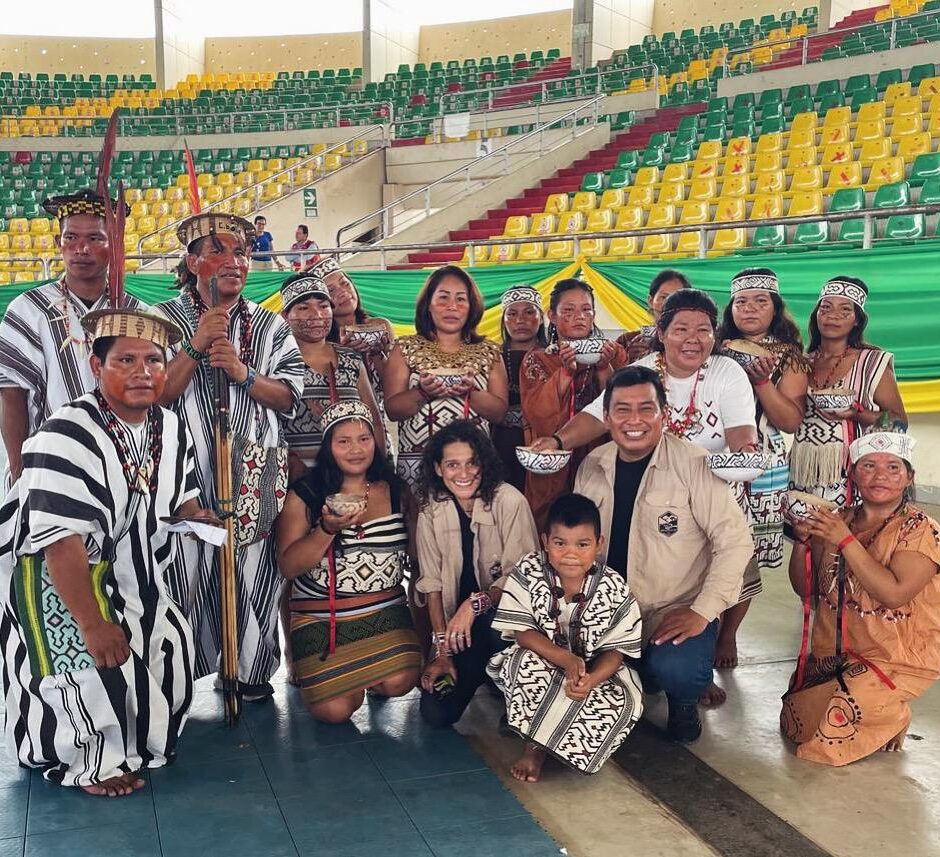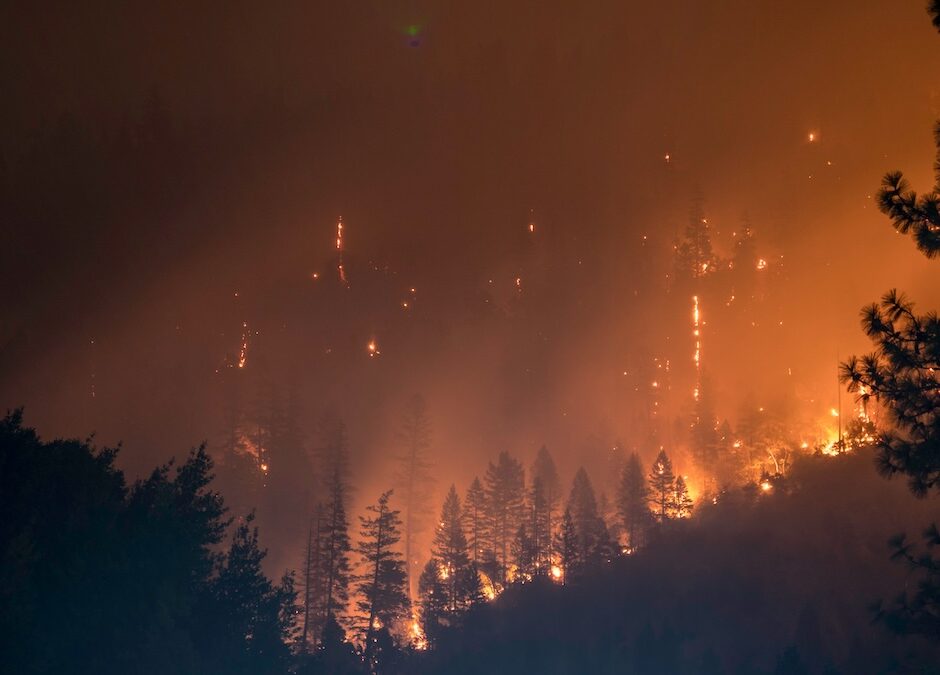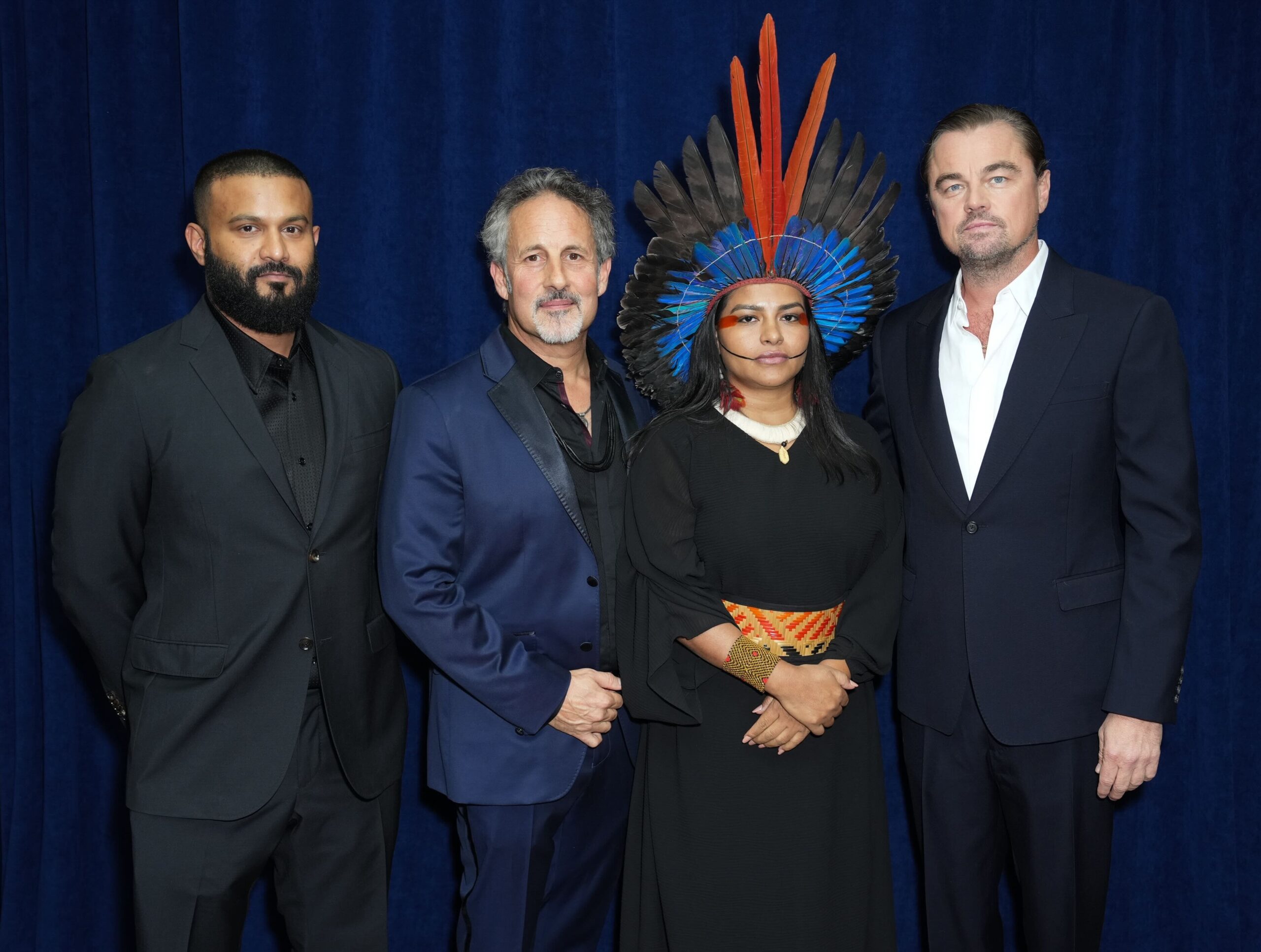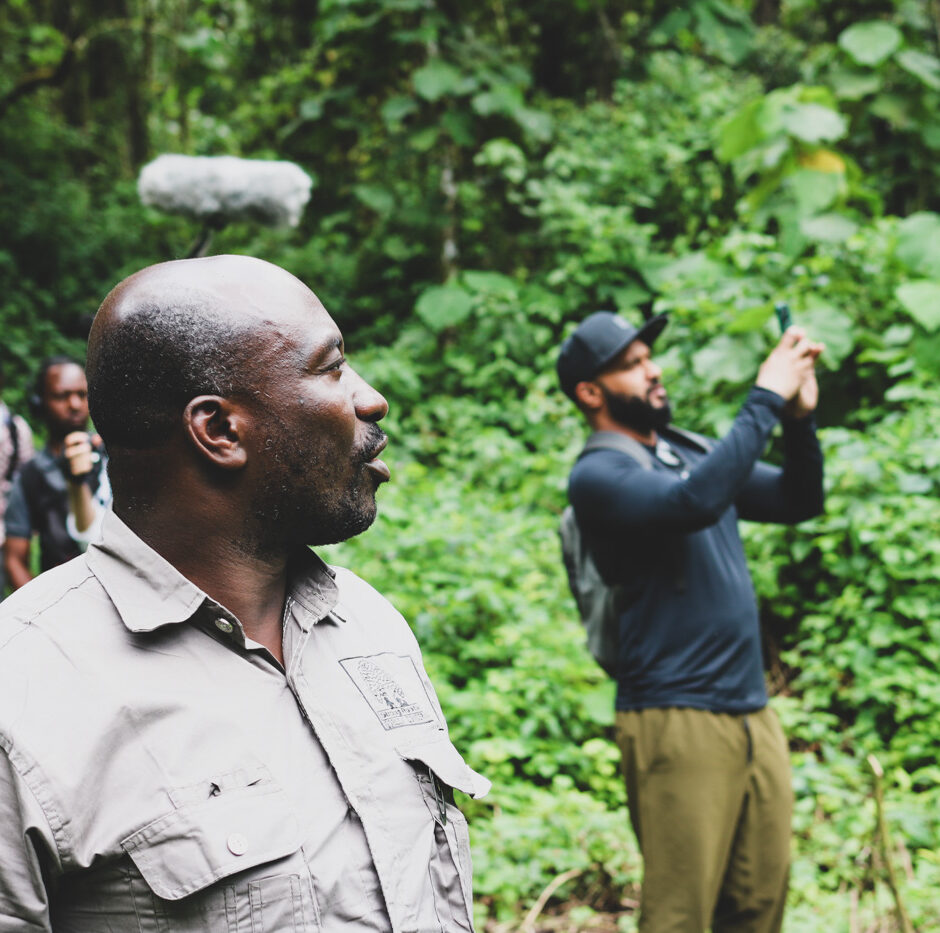When Good Medicine Comes From Amazonian Plants
Article
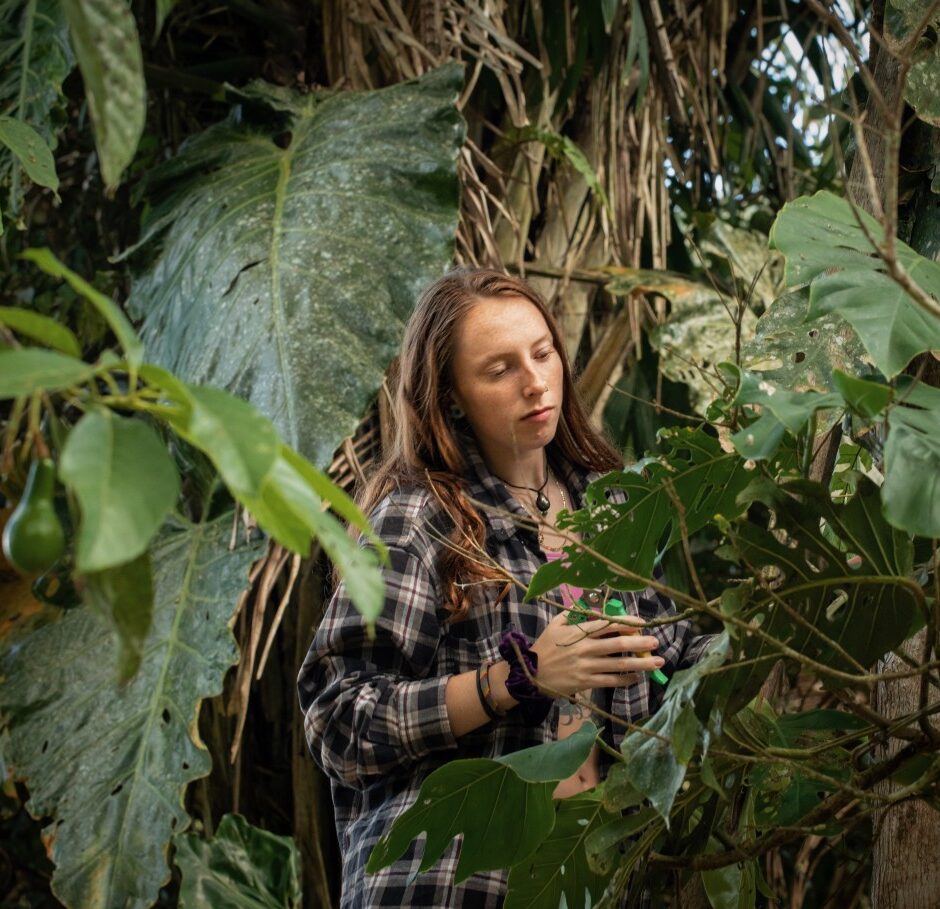
It’s May 2021, and I’m walking beneath the towering branches of the ancient Amazonian forest. I’m in the western Peruvian Amazon, in a stunning section of the forest that Junglekeepers is protecting with Age of Union support. I’m walking beside Juan Julio Durand, also known as JJ, an indigenous naturalist who has been working to protect the Las Piedras River for over 25 years.
Author
Sterling Bennett
Topics
It’s an exciting day because in the great rush to protect this forest, we most often hear of threatened wildlife—the animals threatened by deforestation. But my passion has always been plants and culture, and today we are focused on both of those things. Ethnobotany is the study of traditional knowledge and customs by indigenous peoples in relation to plants and their uses in medicinal, spiritual, and subsistence uses.
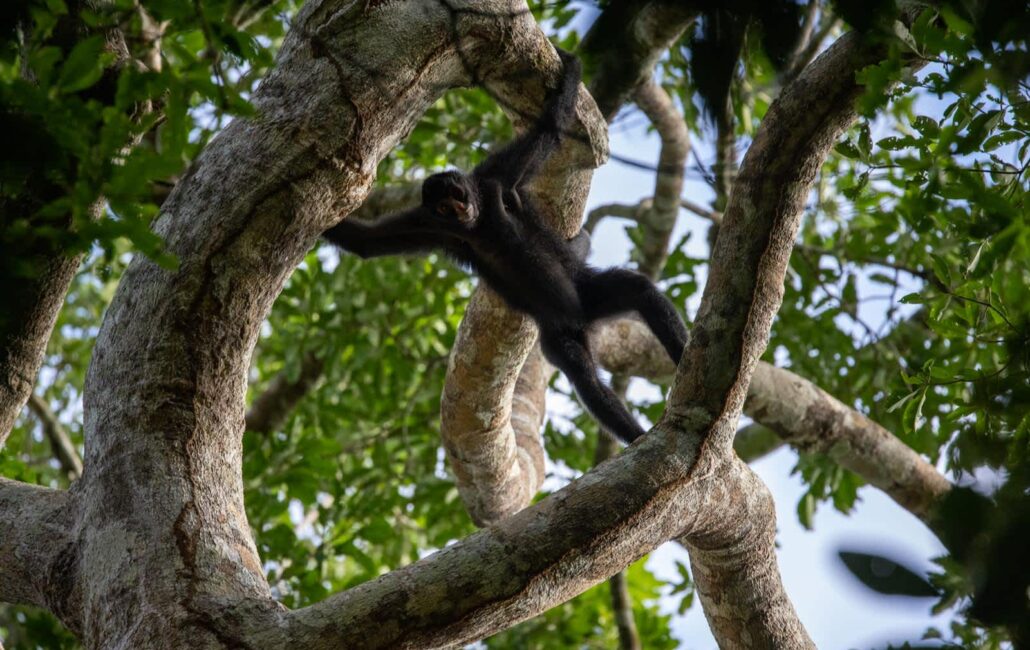
We are in a part of the forest known for being exceedingly tall, with a high canopy and open understory. Monkeys are jumping and macaws are flying high above us as we make our way through the shadowy underworld. Their activity loosens fruits that fall around us and causes a vague smile on JJ’s face. He knows that, in this forest, fruits are just a scheme by plants to encourage animals to carry their seeds from place to place. He also knows which plants are pollinated by which animals, at what times of the year, and how.

His eyes are searching for a particular shrub amidst an infinity of green. Needle in a haystack? Pssshh! Try a needle in a pile of a trillion million needles. But even amongst so much foliage, I know that JJ will find what he is looking for. Growing up in the Amazon Rainforest has instilled within him a deep knowledge of the powerful medicines that run beneath the bark of the rainforest.
For me, the forest around us looks like an amazing but utterly perplexing explosion of life. The trees around us are centuries old. Ironwood trees, brazil nut trees, mahogany, cedar, and many others that don’t have common English names. Rising in between the gargantuan hardwood giants are the slender bodies of palms. Growing on everything is an assortment of vines and lianas. Epiphytic bromeliads cling to the trees and collect water in small pools where frogs and other creatures find homes. The forest floor is heavily shaded and covered in tendrils and Sabathia begonias, taro, monsteras, and anteriums. Up on the branches of the canopy is a whole other cast of botanical characters: cactuses, orchids, and waxy-leafed air plants.

JJ works the blade of his machete into the bark of a tree. He sniffs it, touches it to his tongue, and then passes it to me so I can do the same. The smell is heavily pungent; the taste acrid and alarming on the tongue. It tastes like medicine. JJ explains that this tree is very powerful for killing infections on the skin. It can also be used to destroy parasites in the gut. As we walk on we repeat this ritual of sniffing and licking various barks. Some, he explains, can be used to treat snake bites. Others can treat arthritis or impotence. One tree, he warns, cannot be touched or the sap will chemically burn my skin and create sores.
This is, after all, the same forest where the first treatment for malaria (quinine) was discovered. Rubber came from the trees of western Amazonia and went on to play a crucial role in history, from the Industrial Revolution to today. It is also where the sacred vine Banisteriopsis caapi can be combined with the leaves of the Psychotria Viridis shrub to create Ayahuasca — perhaps the most powerful natural psychedelic compound, known for its use in shamanic ceremonies as a gateway between the world of the physical and the spiritual.
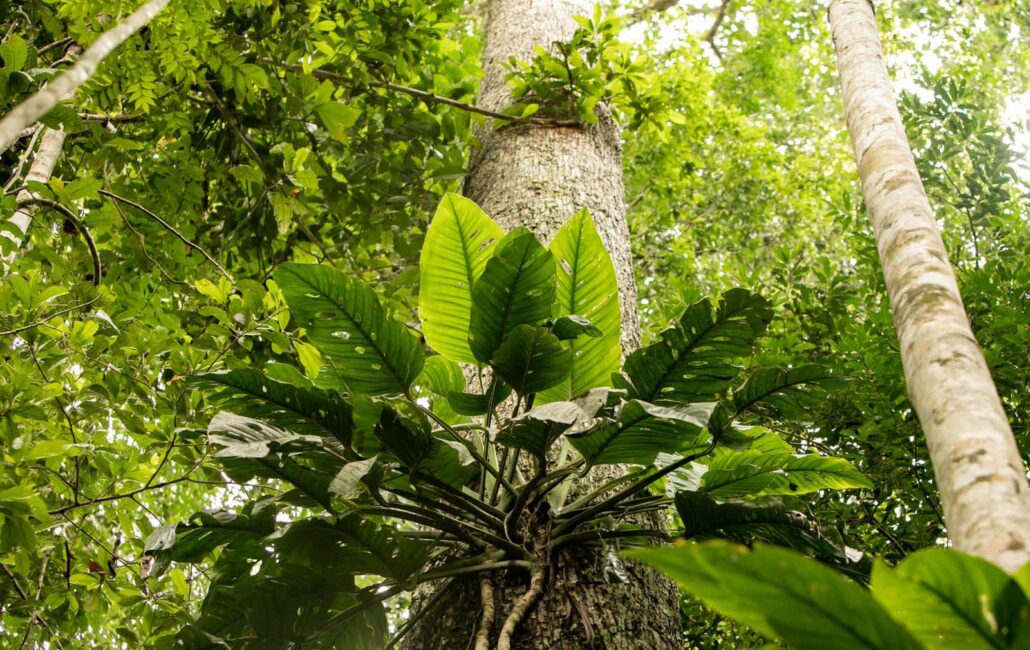
As we begin to walk back to our jungle home, JJ explains that his people are part of the Indigenous community of Infierno. His family is part of the Ese-Eja tribe and is involved with documenting and preserving the deep indigenous knowledge of these compounds. He wonders aloud how many generations it must have taken to discover these medicines, and how the key to understanding all of this natural complexity is so deeply braided with the people of Amazonia. He says that this new and hopeful chapter of preservation of the Las Piedras river can help us all understand even more.
The collaboration between Junglekeepers and Age of Union means that much of this land will remain protected and uncut. Ancient trees will continue to harbour entire worlds of flora and fauna. As the Junglekeepers’ Rangers patrol and protect the ancient forest, local indigenous people will have a chance to share their knowledge with students and scientists from universities in Lima. This is just the beginning, he says, of something that will protect and celebrate the richness and diversity of Peru.
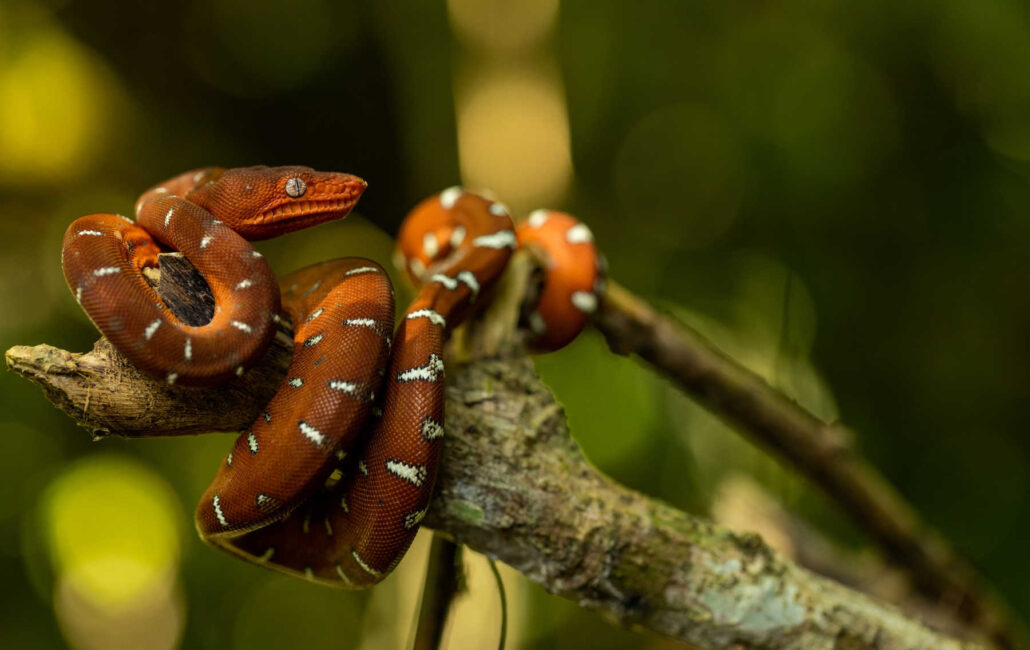
Credits
Photo 1: “Sterling” by Mohsin Kazmi.
Photo 2: “Spider Monkey” by Stephane Thomas.
Photo 3: “Scarlet Macaws” by Stephane Thomas.
Photo 4 and 5: “Primary Forest” by Mohsin Kazmi.
Photo 6: “Emerald Tree Boa” by Mohsin Kazmi.
Topics
Article written by
Sterling Bennett
Sterling Bennett is a Radford University graduate. She has been working with indigenous people as well as plants and animals in the Peruvian Amazon Rainforest periodically since 2019.
Related
articles
News, Project, South America
Age of Union Announces USD $287,000 Commitment to The Juma Institute for New Knowledge Centre and Amazon Rainforest Protection
South America
How Technology is Opening New Windows into Unseen Parts of the Wild
Project, South America
Puerto Nuevo Indigenous Community Secures Land Title After 25 Years of Effort
Project
More articles
America, Asia, News
What More Intense Wildfire Seasons Mean For People and the Planet
Film
Environmentalist and Executive Producer Dax Dasilva Celebrates World Premiere of YANUNI at the 2025 Tribeca Festival
News
Tech Entrepreneur and Environmentalist Dax Dasilva Announces New Book Echoes from Eden As A Call to Action to Protect the Planet’s Vanishing Ecosystems
Africa, Film
